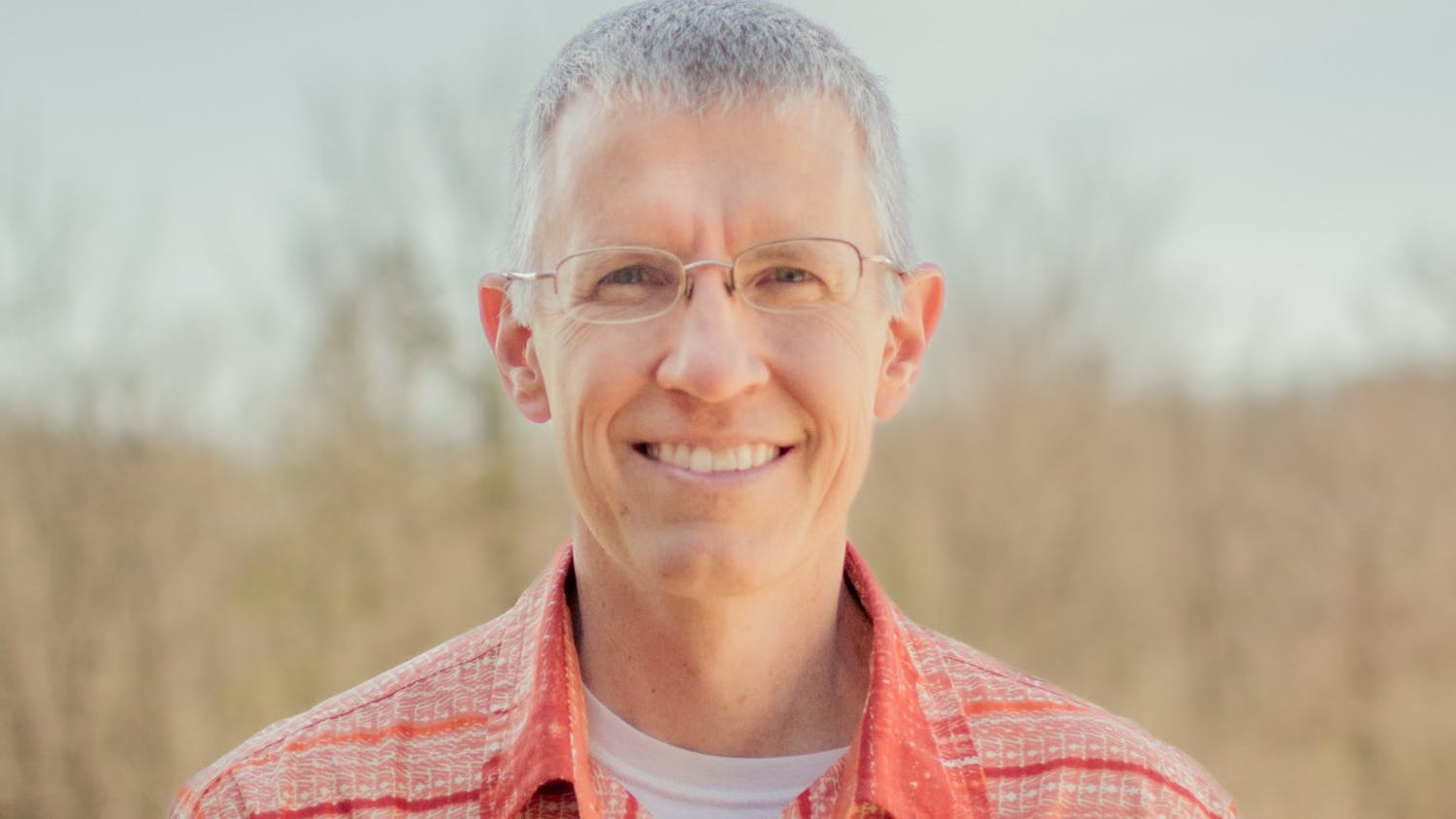Our society is evolving and is becoming more socially conscious and engaged. Conversations about sustainability, the environment and social consciousness are being driven by the creative industries — such as fashion, architecture and the visual arts. In the field of art, sustainability has sparked the creation of ground-breaking artworks that employ cutting-edge techniques and materials to express powerful messages about social injustice, political policy and climate change.
Sustainability can be broadly understood as a societal goal that strives for the healthy co-living of humans and other species on planet Earth. In order to securely coexist on the planet with other species in more thriving ecosystems for many generations to come, society is shifting toward living more sustainably in an effort to lessen the negative impact that people have on the environment.
Hannah Richardson, assistant professor of art education & pre-art therapy, said,“Being an artist is all about problem solving, and that is what sustainability is all about. Artists have a unique perspective to comment on sustainability within their art.”
Sustainable art can be defined in a variety of ways, as can most aspects of the art world. Some artists are primarily concerned with expressing environmental issues, while others use environmentally friendly materials and studio practices in their work. Additionally, Sustainable art isn’t just limited to visual arts; it’s also prevalent in architecture and fashion, among other areas.
“Art is a field that is very expensive, so artists have to constantly think about how to reuse and repurpose different materials,” Richardson said.
By employing circular economies and closed-loop fashion, designers and manufacturers are finding ways to use less water in the manufacturing process, use more eco-friendly color dyes, and extend the life cycle of clothing.
A growing number of artists, authors, performers and filmmakers are interested in addressing environmental and sustainability concerns in their work.
Although the phrase "sustainable art" is relatively new, many creatives from many cultures have been practicing its principles for a very long time.
African art, for instance, has a long tradition of using natural materials respectful of the environment to create works of art and cultural expression, ranging from body painting, fashion and weaving techniques to functional and sculptural works of clay and wood that are passed down through the generations.
Another illustration is the upcycling aesthetic, which is prevalent not just in African culture, but also Japanese art. For instance, the art form of kintsugi involves restoring damaged ceramics and pottery with traces of gold in order to celebrate imperfection and reduce waste. Many fine and contemporary artists still employ upcycling as a key sustainable art form today.
Some of the art forms that artists with a focus on sustainability use are Landscape paintings, Land art and Conceptual arts. Artists like Agnes Denes, El Anatsui, Andy Goldsworthy, Olafur Eliasson and Maya Lin successfully embody what it means to create art in a sustainable fashion and in the process create art without guilt, just beauty.




